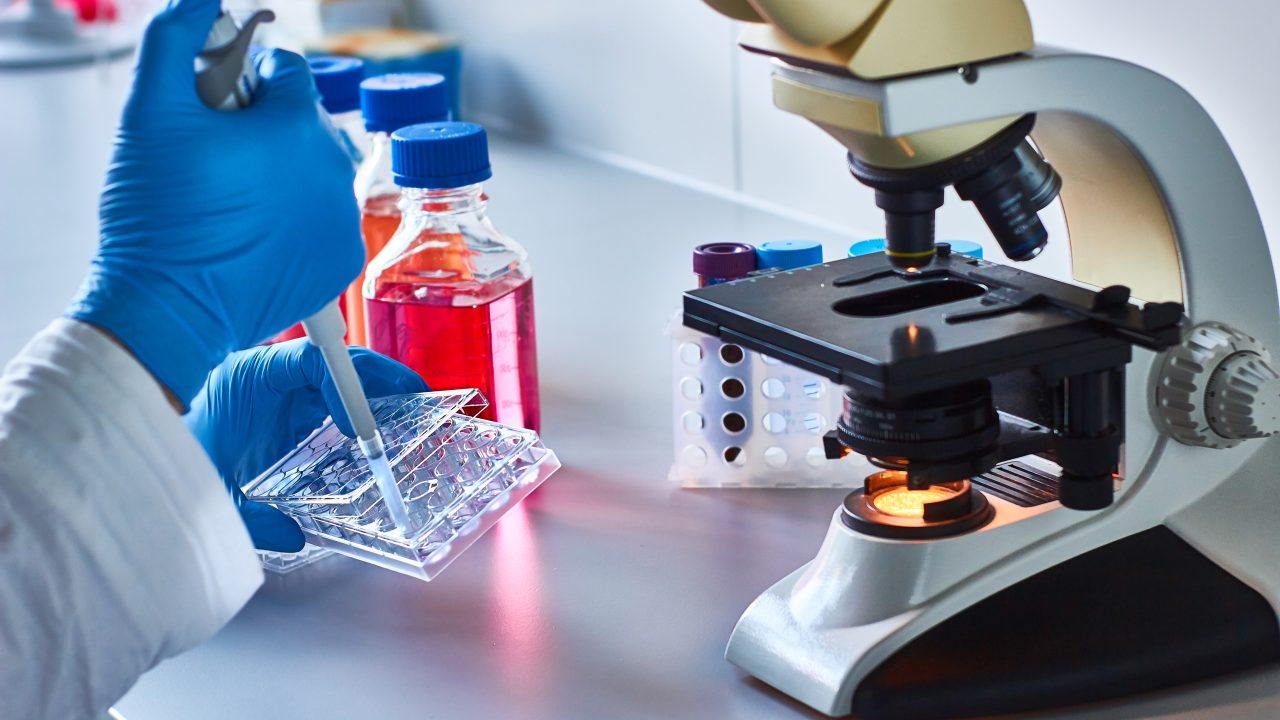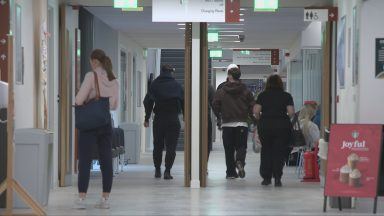Scientists at the University of Glasgow have developed the first bioengineered bone marrow model and used it to study cancer.
The breakthrough could transform how new blood cancer treatments are tested and reduce the need for animal research.
The study focuses on CAR T-cell therapy, an emerging treatment already used for some blood cancers but still difficult to apply safely and effectively to acute myeloid leukaemia (AML), the most common leukaemia in adults.
Traditionally, testing new AML therapies has relied heavily on animals, because once taken out of the body, bone-marrow stem cells quickly die or behave differently, making lab experiments unreliable.
To overcome this, the Glasgow team used human cells combined with hydrogels – jelly-like materials – to recreate the complex structure of bone marrow in the lab. They then introduced leukaemic stem cells into the model and tested CAR T-cell therapy against them.
The results revealed a key problem with current pre-clinical testing, such as cells in a petri dish overstated how well CAR T-cells worked and failed to predict the therapy’s damaging effects on healthy cells. In contrast, the new bone-marrow model captured these risks, giving a more accurate picture of both promise and toxicity.
Dr Hannah Donnelly, one of the lead authors of the study and research fellow at the University of Glasgow said: “There is a major translational gap in cell therapy development – conventional, over-simplified testing methods often fail to predict how therapies will behave in humans. This gap leads to high failure rates in clinical trials, driving up costs and delaying treatments for patients.
“By using human cells combined with hydrogels to mimic the complex structure of the bone marrow in the lab, we’ve shown that it’s possible to assess both the effectiveness of therapies and detect off-target effects much earlier – well before they reach the expensive clinical trial stage.
“Our results highlight the potential of non-animal technologies for studying and developing new leukaemia therapies. This approach could reduce reliance on animal models in drug testing over time, ultimately paving the way for more efficient and effective development of therapies for patients.”
The work could also pave the way for future combinations of CAR T-cell therapy and gene-editing techniques such as CRISPR, which aim to make healthy cells “invisible” to treatment while still attacking cancer, a major challenge in AML.
Though still early-stage, the technology could bring more human-relevant testing, faster drug development, and ultimately safer treatments for patients.
Follow STV News on WhatsApp
Scan the QR code on your mobile device for all the latest news from around the country


 Adobe Stock
Adobe Stock

























